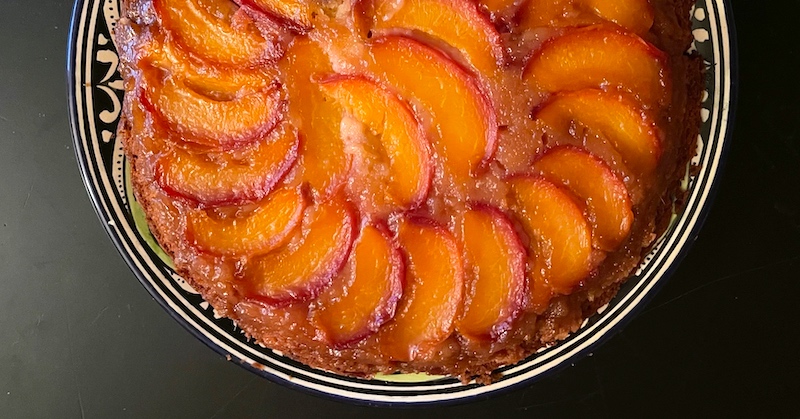
Turn Summer Right Side Up with this Peach Upside-Down Cake!
A couple of years ago I posted a recipe for a plum upside-down cake that has become a family favorite, one I make several times when plums (and particularly Italian prunes) are in season. It's a simple batter cake that comes together quickly, with a buttery, pound cake-like texture and a to-die-for caramelized, crunchy top and sides when inverted.
I made it recently when we had three small but very ripe peaches left over from Dave's foray into ice cream-making (another delicious recipe I'll share soon). They were super-flavorful Red Havens from Kiyokawa Family Orchards in Hood River that I'd found at Hollywood Farmers' Market.
And they needed to be used right away.
Since their skins were fairly thin and not too fuzzy I decided to skip peeling them, which worked quite well after baking, so if you feel like being brave and eschewing the dunk-in-boiling-water-then-in-an-ice-bath method for peeling peaches, feel free!
Peach Upside-Down Cake
For the baking pan/dish:
3/4 c.butter, softened, divided
1/2 c. packed brown sugar (for buttered pan)
For the cake:
2 c. fresh peaches (3 small or 2 large), sliced into wedges
3/4 c. sugar
1 lg. egg
1 tsp. vanilla extract
1 1/4 c. all-purpose flour
1 1/4 tsp. baking powder
1/4 tsp. salt
1/2 c. milk
Preheat oven to 350°.
Melt 1/4 cup butter; pour into an ungreased 9-in. round baking pan. Sprinkle with brown sugar. Arrange peach slices in a single layer over sugar.
In a large bowl, cream sugar and remaining butter until light and fluffy, 5-7 minutes. Beat in egg and vanilla. Combine the flour, baking powder and salt; add to creamed mixture alternately with milk, beating well after each addition. Spoon over peach slices and smooth top.
Bake until a toothpick inserted in the center comes out clean, 45-50 minutes. Cool for 10 minutes before inverting onto a serving plate. Serve warm or at room temp.
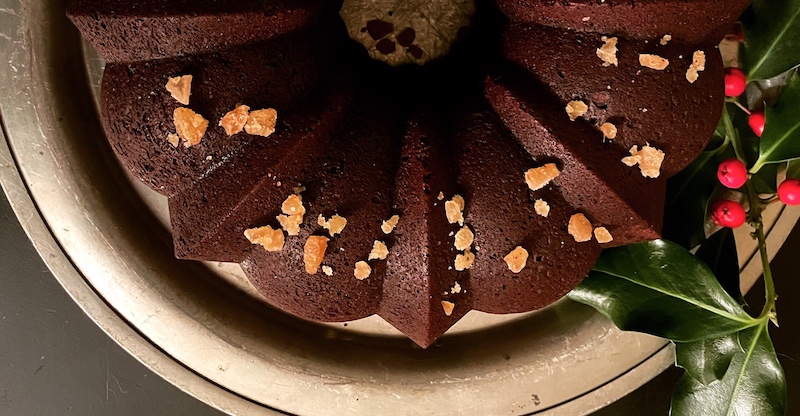
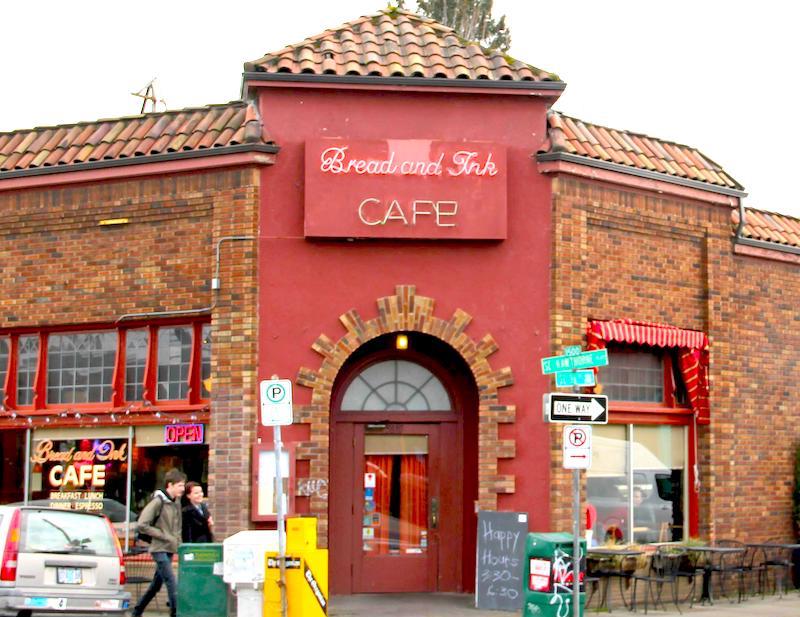
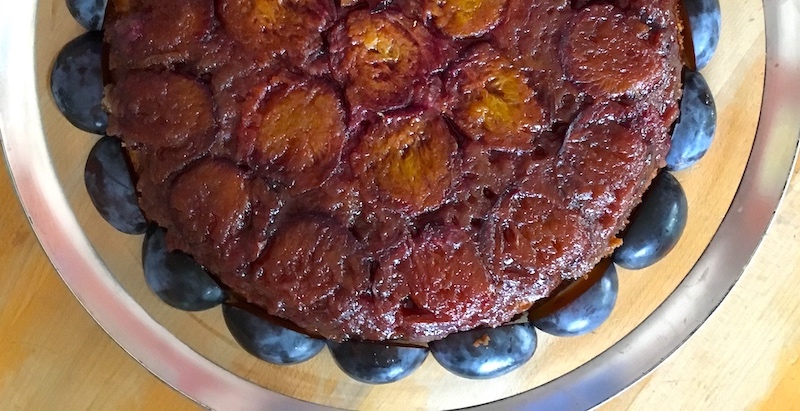
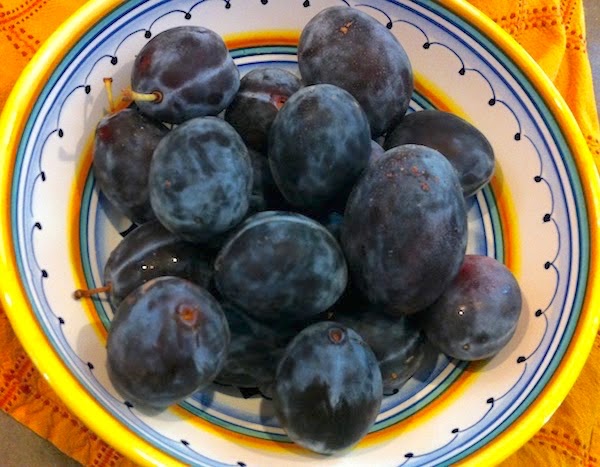

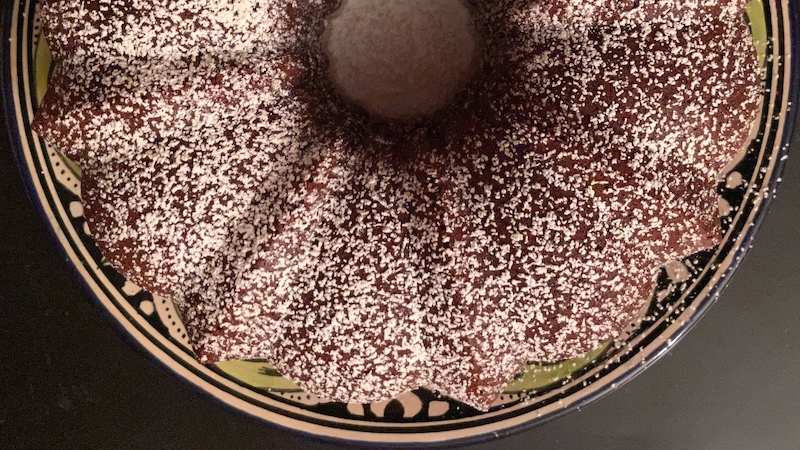
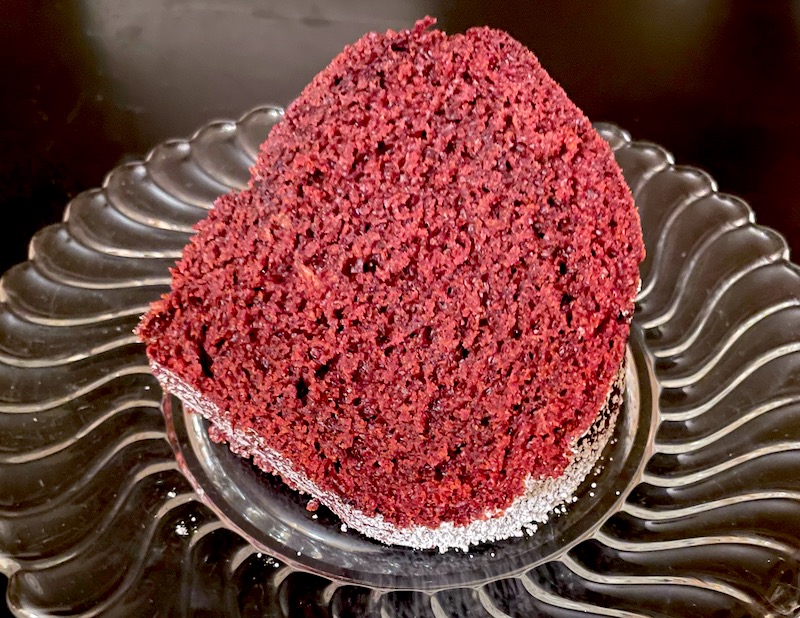 When it's all bubbly and ready to go to work, you'll need to save out a bit for your next project down the road, then take out however much you need for the job at hand. That leaves about half of that ready-to-rock starter sitting there staring at you.
When it's all bubbly and ready to go to work, you'll need to save out a bit for your next project down the road, then take out however much you need for the job at hand. That leaves about half of that ready-to-rock starter sitting there staring at you.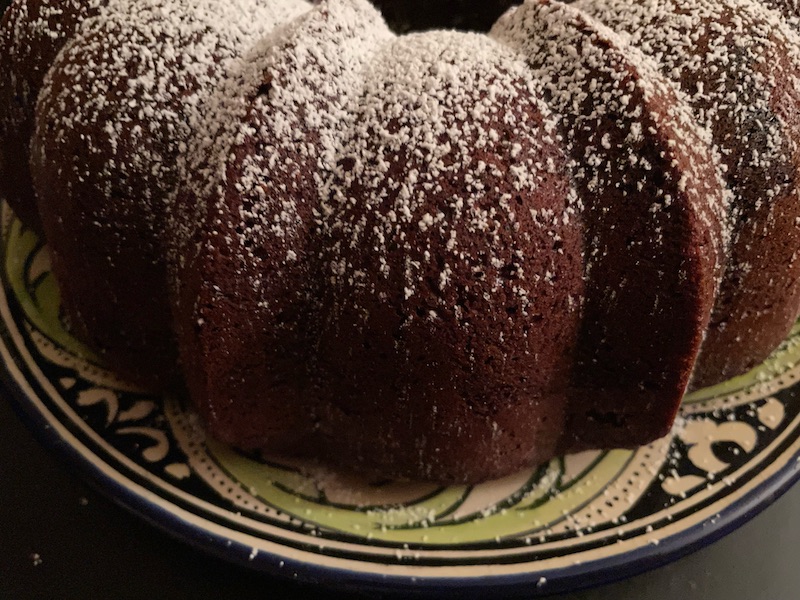 Fortunately Dave is always on the prowl for recipes using sourdough discard, and is a dedicated fan of the
Fortunately Dave is always on the prowl for recipes using sourdough discard, and is a dedicated fan of the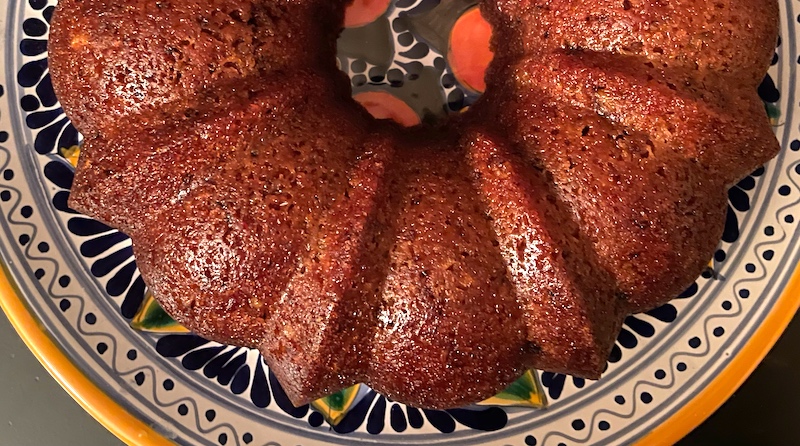


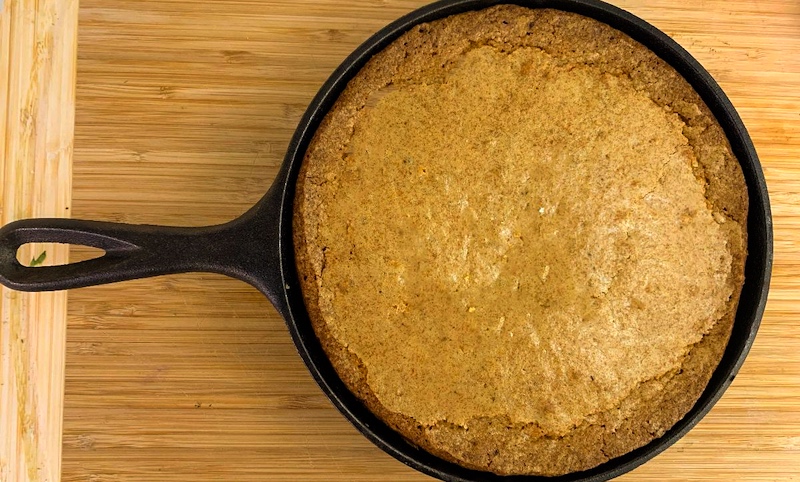
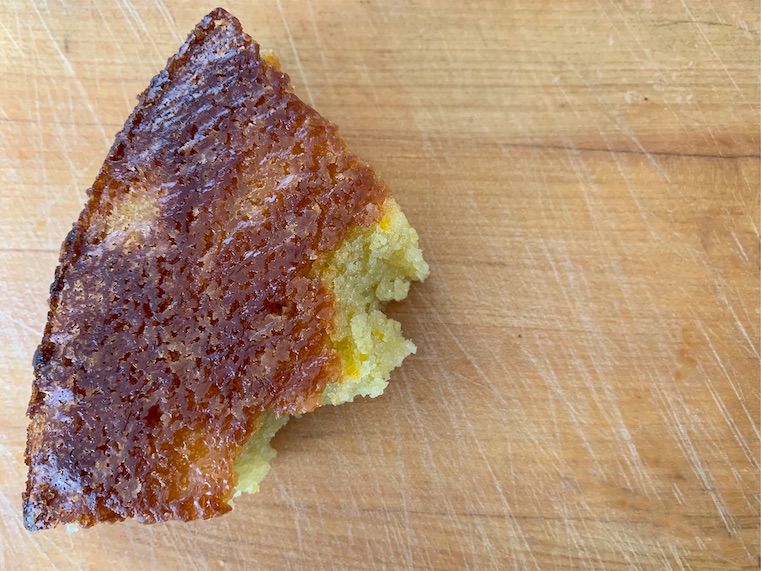 Preheat the oven to 350°.
Preheat the oven to 350°.